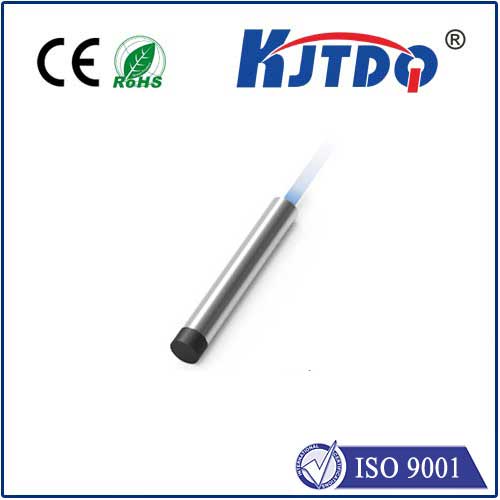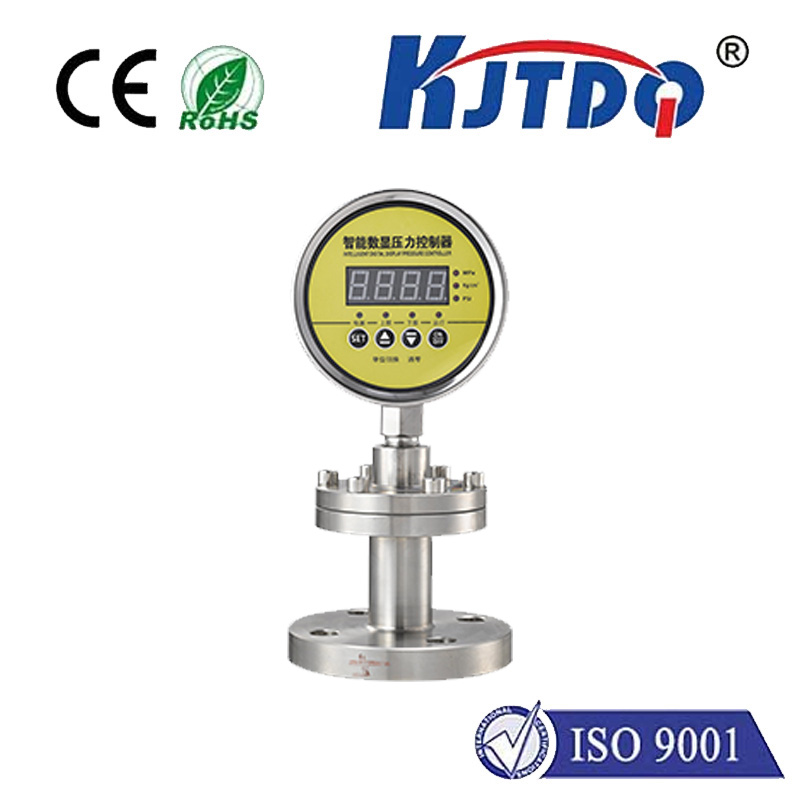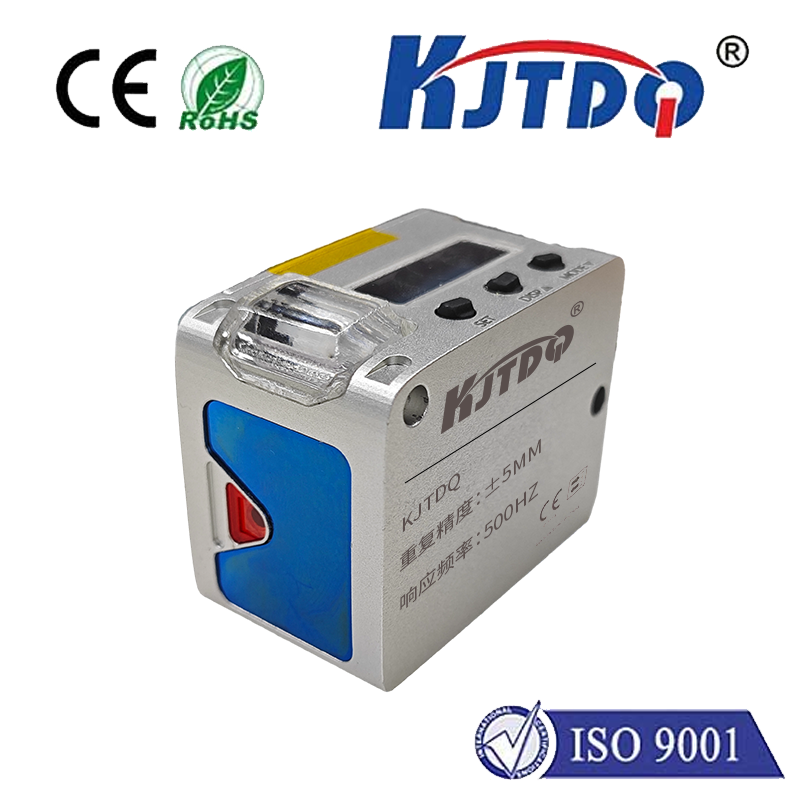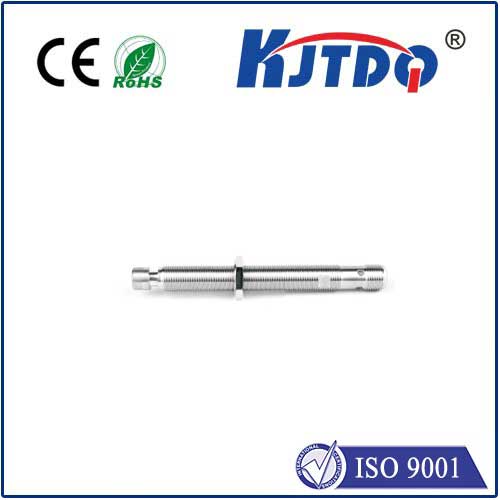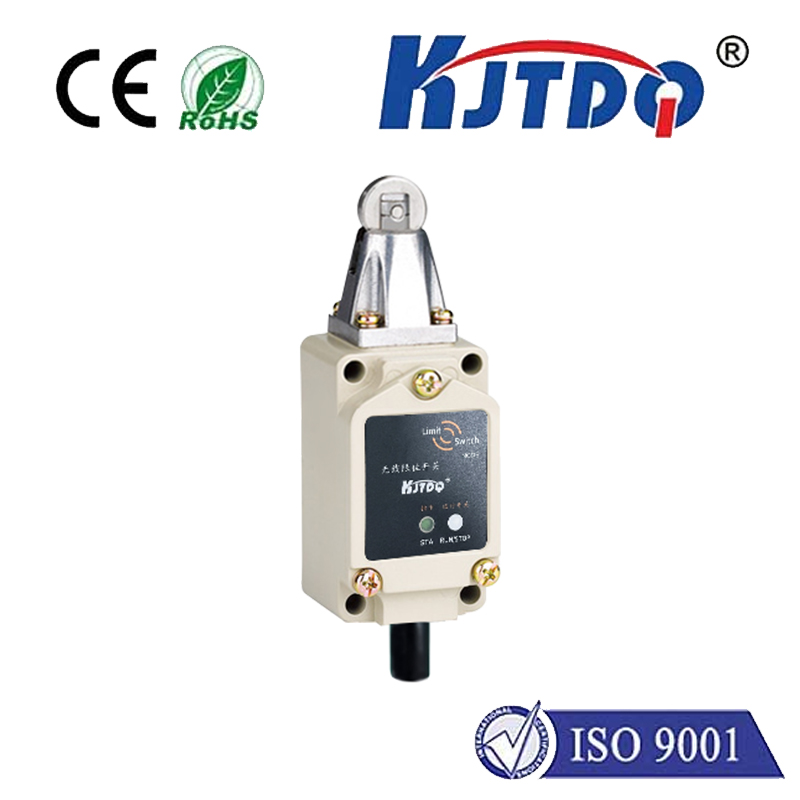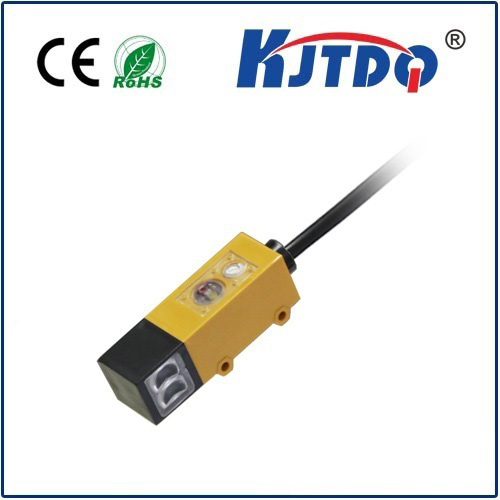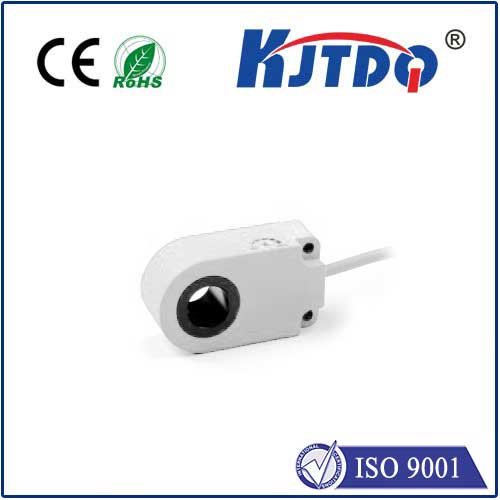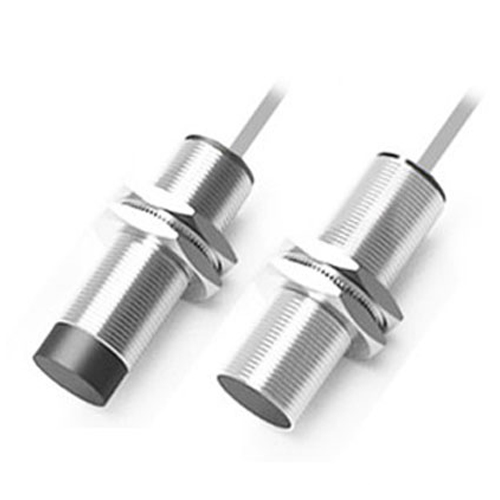

check

check

check

check

check

check

check

check

check

check
For decades, engineers struggled with the limitations of traditional electronic sensors – susceptibility to electromagnetic interference (EMI), challenges in harsh environments, and often bulky or intrusive designs. What if a technology existed that offered unprecedented sensitivity, operated safely in explosive or high-voltage areas, and could be embedded within structures themselves, transforming them into sentient systems? This revolutionary capability is precisely what interferometric fiber optic sensors (IFOS) deliver. Moving beyond the constraints of conventional sensing, IFOS harness the fundamental properties of light traveling through hair-thin glass fibers to detect minute changes with extraordinary accuracy, opening doors to new frontiers in monitoring and control across critical industries.
At its core, interferometric fiber optic sensing relies on the wave nature of light and the phenomenon of interference. Light from a coherent source (like a laser) is split into two paths: a reference path and a sensing path. These paths travel through the optical fiber. When the light waves travelling these different paths recombine, they interfere with each other. The resulting interference pattern – the bright and dark areas – is exquisitely sensitive to the difference in the path lengths the two light beams traveled. Think of ripples in water: when two sets of waves meet, they either amplify or cancel each other out, depending on how they align.

How does this translate into sensing? Any physical parameter that can induce a minute change in the optical path length of the sensing arm relative to the reference arm will alter the phase relationship between the two recombining light beams. This phase shift directly modifies the interference pattern. Key physical effects exploited include:
By precisely analyzing the complex interference pattern – its intensity, phase shift, or wavelength shift – sophisticated instrumentation can quantify the original perturbation with incredible resolution. Distributed sensing configurations, like those based on Rayleigh or Brillouin scattering, even allow measurements along the entire length of a single fiber cable, pinpointing the location of disturbances.
The power of interferometric fiber optic sensors lies in their unique combination of advantages:
These compelling characteristics drive the adoption of interferometric sensing across diverse and demanding sectors:
Interferometric fiber optic sensors represent a paradigm shift in sensing technology. By fundamentally leveraging the interference of light within glass fibers, they overcome the limitations plaguing traditional sensors while delivering unmatched levels of precision, reliability, and safety. Their ability to embed intelligence directly within materials and infrastructure, providing continuous, high-fidelity data in the most challenging environments, positions IFOS as an indispensable tool for innovation, safety enhancement, and operational efficiency across a vast landscape of modern industries. As the technology matures and costs decrease, its transformative impact will only continue to grow, shaping the future of precision measurement.

